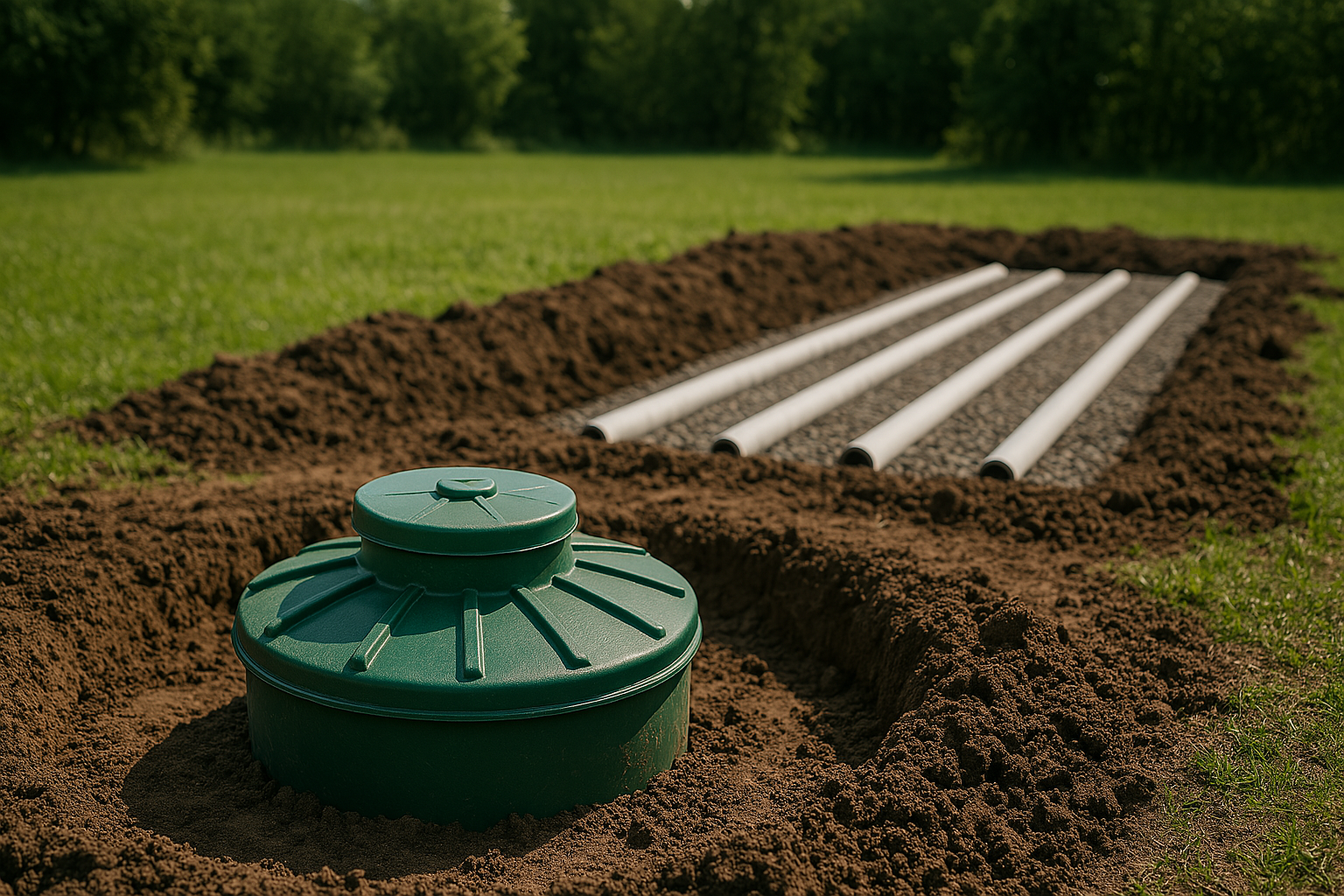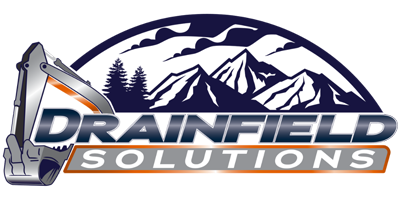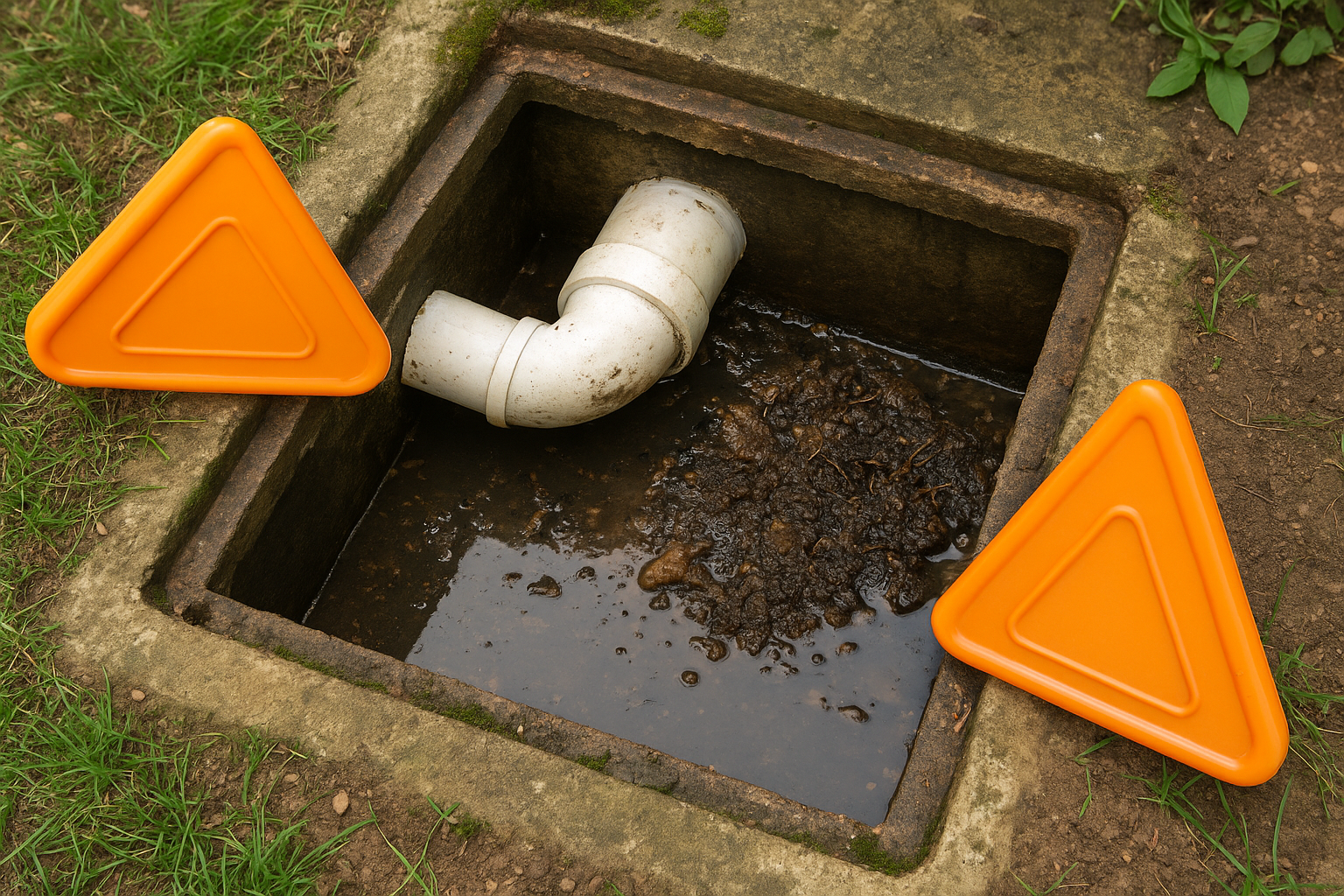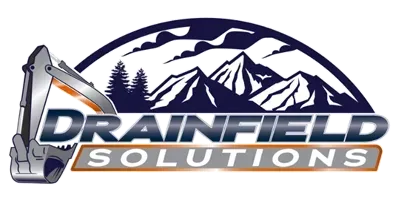
What is a Septic System And What Should You Know About It In 2025?
April 8, 2025
A septic system is an underground wastewater treatment structure that processes and disposes of household wastewater when a property isn’t connected to a municipal sewer system. Think of it as your personal, on-site water treatment plant. It’s responsible for breaking down waste, filtering water, and safely returning it to the environment.
Here’s how it works in simple terms:
1. Water Leaves Your Home – Every time you flush the toilet, take a shower, or run the dishwasher, the used water (also known as wastewater) exits your house and enters the septic tank.
2. Separation Happens – Once inside the septic tank, the wastewater divides into three layers:
- Solids (Sludge) settle at the bottom.
- Liquids (Effluent) stay in the middle.
- Fats and Oils (Scum) float to the top.
3. Natural Breakdown – Bacteria inside the septic tank help break down the waste.
4. Effluent Moves to the Drainfield – The partially treated liquid then flows out of the tank into a drainfield (a network of pipes or chambers underground) where it slowly filters through the soil, removing contaminants before reaching groundwater.
And just like that, your septic system keeps things moving without you having to think about it—unless something goes wrong!
Types of Septic Systems
Not all septic systems are created equal. Depending on your property, soil type, and local regulations, you may need a specific type of system. Here are the most common ones:
Conventional Septic System
This is the standard setup, featuring a septic tank and a drainfield. It works well for many homes with adequate soil conditions for natural filtration.
Alternative Septic Systems
For properties with poor soil or challenging landscapes, alternative septic systems provide additional treatment before dispersing wastewater. Some examples include:
- Aerobic Septic System – Uses oxygen to help break down waste faster, making it ideal for areas with high water tables or sensitive environments.
- Mound System – Involves building an elevated drainfield when natural soil conditions aren’t ideal for filtration.
- Sand Filter System – Adds an extra filtration layer for improved wastewater treatment.
Each system has its pros and cons, and choosing the right one depends on your specific needs.
Common Septic System Problems and How to Avoid Them
A well-maintained septic system can last for decades, but neglecting it can lead to some messy, expensive headaches. Here are some common septic system problems and how to avoid them:
1. Slow Drains and Backups
If your sinks, tubs, or toilets start draining slower than usual, it could be a sign of a full septic tank or a clog in the system. How to avoid it: Schedule regular septic system pumping services and avoid flushing anything other than human waste and toilet paper.
2. Foul Odors
A healthy septic system shouldn’t stink. If you start noticing unpleasant smells around your yard or inside your home, something isn’t right. How to avoid it: Ensure proper ventilation, get regular maintenance, and avoid overloading your system with excessive water use.
3. Standing Water in the Yard
Puddles forming near your drainfield without any recent rain? That’s a red flag that your drainfield is struggling to absorb wastewater. How to avoid it: Be mindful of how much water your household uses and avoid driving or building structures over your drainfield.
4. High Nitrate Levels in Well Water
If your home relies on a well for drinking water, a failing septic system can contaminate it with nitrates, which pose health risks. How to avoid it: Regularly inspect your system and never ignore warning signs like slow drains or soggy yards.
Septic System Installation: What to Expect
If you’re building a new home or replacing an old system, installing a septic tank requires careful planning. The cost to install a septic system varies depending on size, location, and type, but generally, you can expect the process to involve:
1. Site Evaluation – A professional will assess your soil, water table, and property layout to determine the best system for you.
2. Permit Approval – Local health departments regulate septic installations, so permits are required before work begins.
3. Excavation and Installation – The septic tank and drainfield are placed in designated areas, with proper slopes and filtration in mind.
4. Final Inspection – Before use, the system is inspected to ensure it meets all codes and functions correctly.
Drainfield Solutions specializes in septic system installation and ensures the job is done right the first time.
Septic System Maintenance: Keeping It Running Smoothly
Just like a car, your septic system needs regular check-ups to keep running efficiently. Here are a few maintenance tips:
- Schedule Routine Pumping – Every 3-5 years (or sooner if needed), have your tank pumped to prevent overflow.
- Use Water Wisely – Too much water at once can overwhelm your system, so spread out laundry loads and fix leaks promptly.
- Be Mindful of What You Flush – No grease, wipes, or chemicals—stick to waste and toilet paper.
- Get Annual Inspections – A quick check-up by professionals can catch small issues before they become big problems.
Why Choose Drainfield Solutions?
At Drainfield Solutions, we understand that dealing with septic systems isn’t at the top of your to-do list, but it’s at the top of ours. Since 2005, we’ve helped homeowners in Central Virginia with everything from septic repair to full system installations. As a family-owned business, we take pride in delivering reliable service, expert care, and minimal disruption to your daily life.
Whether you need septic system pumping, emergency repairs, or guidance on installing a septic tank, we’re here to help.
Contact us today at
804-633-1808
or visit
our contact page
for professional, dependable septic services.
Share Post
Latest Posts
Ready to Take the Next Step?
Whether you're in need of a system inspection or regular maintenance, Drainfield Solutions is here to help. Get in touch today for reliable service you can trust.






